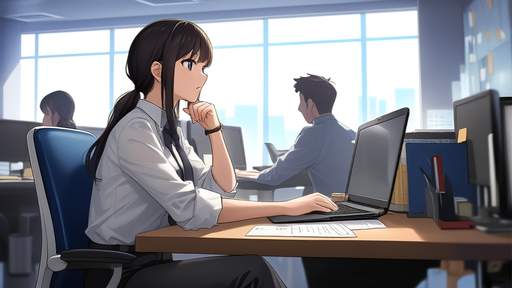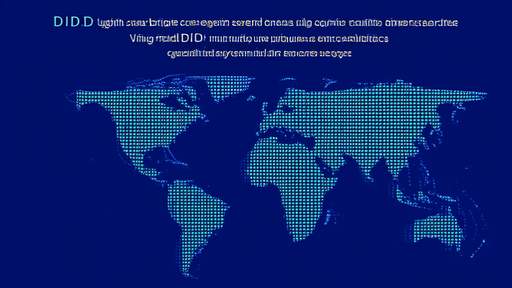The concept of a four-day workweek has gained significant traction in recent years, promising a better work-life balance, increased employee satisfaction, and even a potential boost in productivity. Yet, beneath the surface of this seemingly utopian arrangement lies a paradox—one that challenges the very foundation of modern work culture. While some companies report soaring efficiency and happier teams, others grapple with logistical nightmares and unmet targets. This productivity paradox raises a critical question: Can fewer working days truly deliver more, or is it merely a well-intentioned illusion?
Proponents of the four-day workweek argue that compressing work hours forces employees to prioritize tasks, eliminate inefficiencies, and focus on high-impact activities. The idea is simple: when people have less time to complete their work, they become more intentional about how they spend it. Companies like Microsoft Japan and Unilever have experimented with shortened weeks, reporting impressive results—ranging from reduced stress levels to double-digit productivity gains. These success stories suggest that the traditional five-day model may be outdated, a relic of an industrial era that no longer aligns with knowledge-based economies.
However, the reality is far from uniform. For every success story, there are cautionary tales of businesses that struggled to adapt. Industries reliant on real-time customer service, such as healthcare or retail, often find it difficult to maintain coverage without hiring additional staff. Even in office settings, some employees report working longer hours during their four days to meet deadlines, effectively negating the promised benefits. The pressure to deliver the same output in less time can backfire, leading to burnout rather than liberation. This dichotomy highlights the nuanced nature of the four-day workweek—it is not a one-size-fits-all solution.
The psychological impact of the four-day workweek is another layer of the paradox. On one hand, an extra day off can reduce stress and improve mental health, giving employees time to recharge. On the other hand, the condensed schedule can create a sense of urgency that borders on relentless. Workers may feel compelled to cram five days’ worth of meetings, emails, and deliverables into four, leaving little room for creativity or deep work. The irony is palpable: a policy designed to enhance well-being might inadvertently intensify the very pressures it seeks to alleviate.
Moreover, the four-day workweek challenges deeply ingrained societal norms about productivity and worth. For decades, long hours have been equated with dedication and success. Shifting to a shorter week requires a fundamental rethinking of how we measure value—moving from time spent to outcomes achieved. This cultural shift is easier said than done, particularly in industries where face time still holds sway. Leaders who champion the four-day model often face skepticism from stakeholders who question whether employees can truly be trusted to deliver without oversight.
Technology plays a pivotal yet double-edged role in this transition. Digital tools enable remote work and asynchronous collaboration, making a four-day week feasible for many. Yet, the same technology blurs the boundaries between work and personal life, with employees checking emails or finishing tasks on their supposed day off. Without clear policies and disciplined habits, the four-day workweek risks becoming a Trojan horse for constant connectivity rather than a genuine respite.
As the debate continues, one thing is clear: the four-day workweek is not merely a logistical change but a cultural revolution. Its success depends on redefining productivity, trusting employees, and designing workflows that prioritize efficiency over presence. The paradox lies in the tension between these ideals and the messy reality of human behavior and organizational inertia. For some, the four-day week may indeed unlock untapped potential. For others, it could exacerbate existing challenges. The path forward requires experimentation, flexibility, and a willingness to confront uncomfortable truths about how we work—and why.

By /Jun 3, 2025

By /Jun 3, 2025

By /Jun 3, 2025

By /Jun 3, 2025

By /Jun 3, 2025

By /Jun 3, 2025

By /Jun 3, 2025

By /Jun 3, 2025

By /Jun 3, 2025

By /Jun 3, 2025

By /Jun 3, 2025

By /Jun 3, 2025

By /Jun 3, 2025

By /Jun 3, 2025

By /Jun 3, 2025

By /Jun 3, 2025

By /Jun 3, 2025

By /Jun 3, 2025

By /Jun 3, 2025

By /Jun 3, 2025